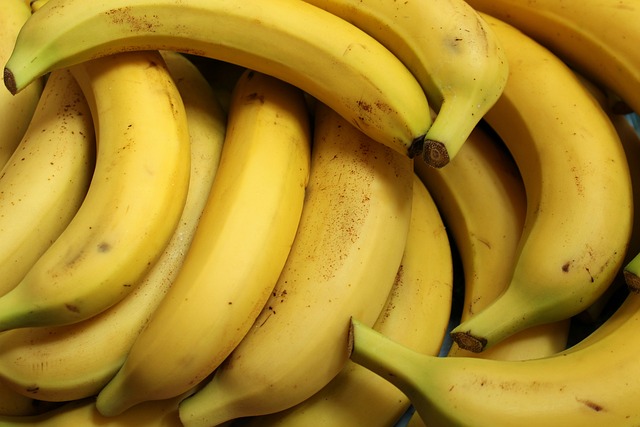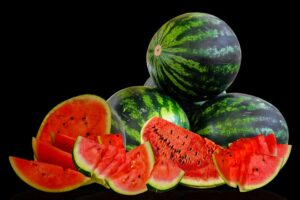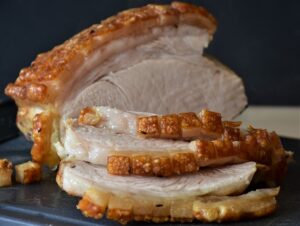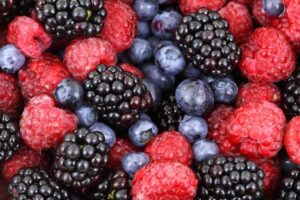Introduction
When it comes to maintaining a healthy diet, understanding the nutritional content of the foods we consume is essential. Protein, in particular, is a crucial macronutrient that plays a vital role in various bodily functions. Chicken is a popular source of protein, but how much protein does a cup of chicken actually contain? In this article, we will explore the protein content of chicken and provide you with the information you need to make informed dietary choices.
Protein Content in Chicken
Chicken is known for being a lean source of protein, making it a popular choice for individuals looking to increase their protein intake while minimizing fat content. The exact amount of protein in a cup of chicken can vary depending on the specific cut and cooking method. However, on average, a cup of cooked chicken breast without the skin provides approximately 43 grams of protein. This makes chicken an excellent choice for individuals following high-protein diets or those looking to build and maintain muscle mass.
It’s important to note that the protein content can differ slightly depending on factors such as the cooking method and the specific cut of chicken. Dark meat, such as chicken thighs or drumsticks, may contain slightly less protein compared to white meat like chicken breast. Additionally, the presence of skin can also affect the overall protein content, as the skin contains more fat and fewer proteins.
Benefits of Chicken Protein
Including chicken in your diet can offer several benefits beyond its protein content. Chicken is a complete protein source, meaning it provides all the essential amino acids our bodies need. Amino acids are the building blocks of proteins and play a crucial role in various bodily functions, including muscle growth and repair, immune function, and hormone production.
Chicken is also a good source of other essential nutrients, such as vitamins B6 and B12, which are important for brain health and energy metabolism. It also contains minerals like zinc and selenium, which support immune function and act as antioxidants in the body.
Other Considerations
While chicken is a nutritious source of protein, it’s essential to consider the cooking method and any additional ingredients used in the preparation. Frying chicken or using high-fat sauces can significantly increase the calorie and fat content, which may not be suitable for individuals with specific dietary goals or health conditions.
It’s worth noting that the protein content mentioned in this article refers to cooked chicken. Raw chicken may have a slightly higher protein content due to the loss of moisture during the cooking process. However, it’s crucial to cook chicken thoroughly to avoid the risk of foodborne illnesses.
Conclusion
A cup of cooked chicken breast without the skin provides approximately 43 grams of protein, making it a valuable source of lean protein. Chicken offers numerous health benefits beyond its protein content, including essential amino acids, vitamins, and minerals. However, it’s important to consider the cooking method and additional ingredients used to ensure a healthy and balanced diet.
References
– Mayo Clinic: mayoclinic.org
– United States Department of Agriculture: usda.gov
– National Chicken Council: nationalchickencouncil.org












